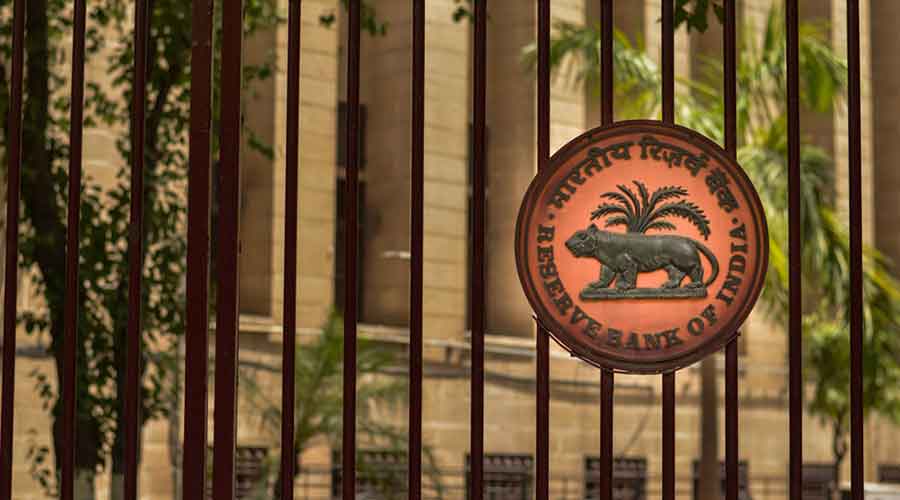The Reserve Bank of India has announced that it will transfer Rs 99,122 crore as surplus to the Centre for the nine months ended March 31, 2021. The central bank, which has followed a July-June accounting year, is transitioning to an April-March accounting year from this fiscal.
The surplus is 73.5 per cent higher than the Rs 57,128 crore payout last year. But it works out to an increase of 131.34 per cent over a proportionate payout of Rs 42,846 crore in the nine-month period of the previous year.
The RBI said the surplus amount was decided while holding its contingency risk buffer at 5.5 per cent.
The amount being transferred is the highest since 2018-19 when the central bank transferred Rs 1.75 lakh crore which included a one-time payout on account of a change in the RBI’s economic capital framework, recommended by the Bimal Jalan panel.
The short statement from the RBI after a virtual conference of the central board members provided no other income and expenditure figures, with the details expected in the central bank’s annual report for the year ended March 2021. Last year, the central bank had a consolidated income of Rs 1,49,672 crore and an expenditure of Rs 92,540 crore.
The central bank transfers its surplus profits to the government of India in terms of the provisions of Section 47 of the RBI Act, 1934. “After making provisions for bad and doubtful debts, depreciation in assets, contributions to staff and superannuation funds and for all matters for which provision is to be made by or under this Act or which are usually provided for by bankers, the balance of the profits shall be paid to the central government.’’
The RBI’s reserves consist of a contingency risks buffer (CRB) — which the Bimal Jalan committee said “realised equity” — and a notional fund or the currency and gold revaluation account (CGRA) which represents the unrealised revaluation gains arising from exchange rate movements and the rise in gold prices.
The Jalan panel had recommended the RBI should not dip into CGRA and CRB should be between 5.5 and 6.5 per cent of the RBI’s balance sheet.
The RBI’s earnings come from interest earned on bond holdings, purchase and sale of government securities and from its dealings in the forex market.
Part of these earnings is set aside for its operational and contingency needs, while the rest is transferred to the government in the form of a dividend.
Analysts said the RBI’s earnings may have gone up because of the large amount of open market operations that it conducted in the form of the purchase of government securities, increasing its interest earned from these securities.
Ananth Narayan, professor at SPJIMR, said the payout was higher because of the gains booked against its forex transactions.










